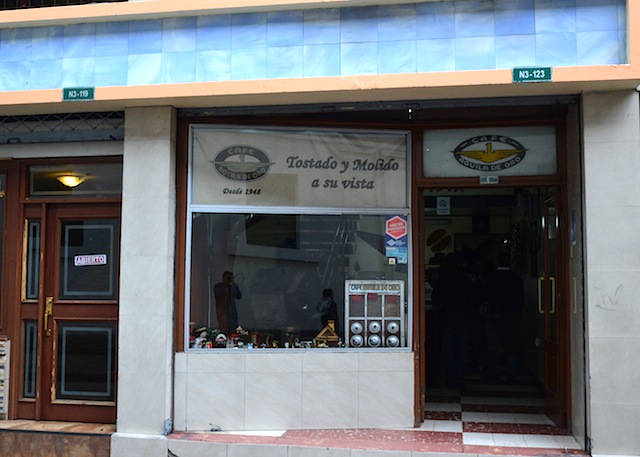
At the Café Aquila de Oro on Benalcazar Street in Quito, proprietor Teresa Vizueta came out from the kitchen with a smile and asked if we needed help. Gray-haired and bespectacled Teresa seemed to be able to find everything even if you were to blindfold her.
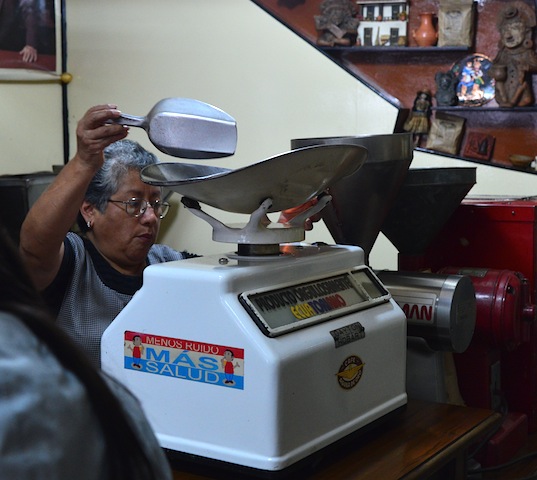
The place speaks of old times: measuring scale, cash register, grinders and roasters that have been around since 1948. Photos showing 60 years of events and people involved with Café Aquila de Oro covered the wall facing the counter. Hanging on the wall, above the grinder, was a photo of the founders.
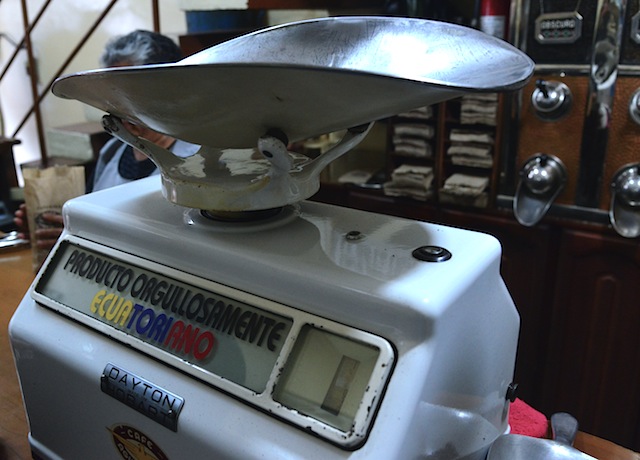
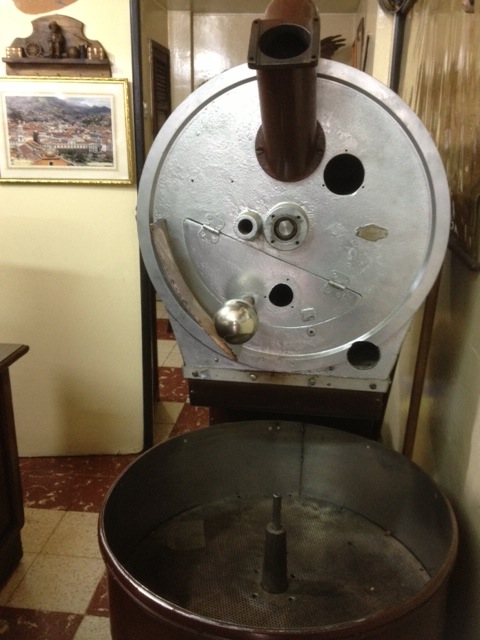
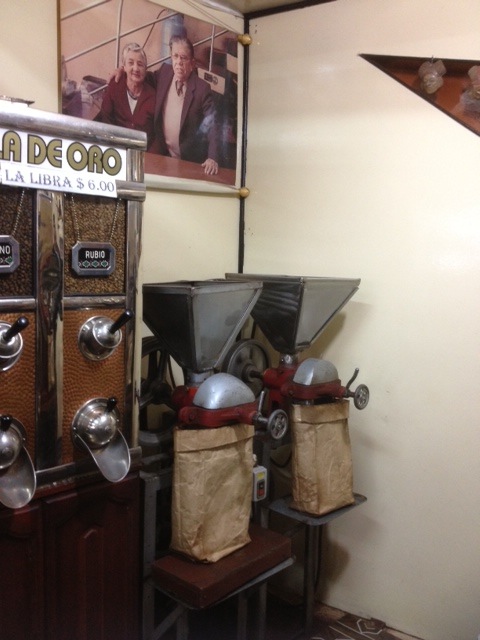
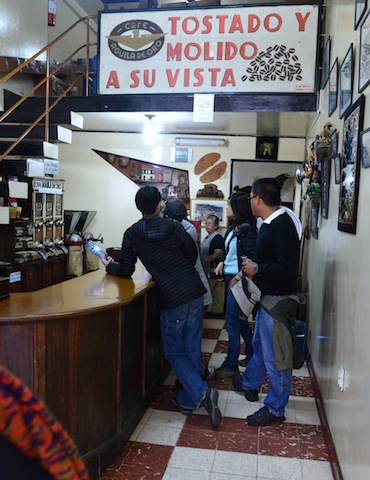
Teresa roasts and sells the best coffee in Quito, Ecuador. This family-style establishment is located behind the Government Palace and the Metropolitan Cultural Center, close to the famous La Campania de Jesus Church.
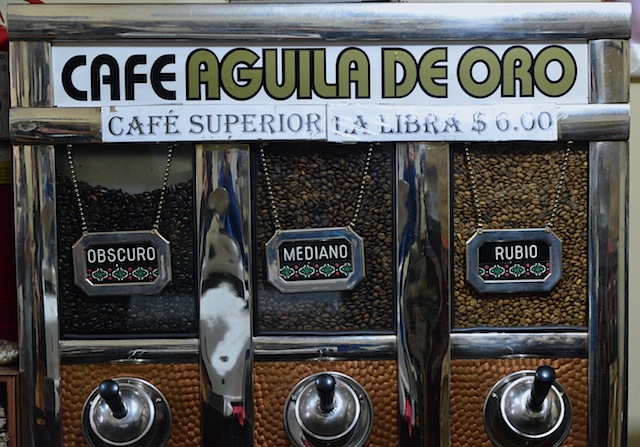
You can purchase coffee beans in light, strong or medium roast at $6 per pound with a choice of whole beans or freshly grounded coffee. Teresa gets her coffee beans from Loja, located in the Southern Andes region of Ecuador.
If you are looking for edible souvenirs, we recommend Café Aquila de Oro’s freshly roasted Ecuadorian coffee as gifts for friends and family. Teresa placed our coffee beans inside a clear plastic bag, sealed it, then bagged it again – this time in a brown bag printed with the shop’s logo and address.
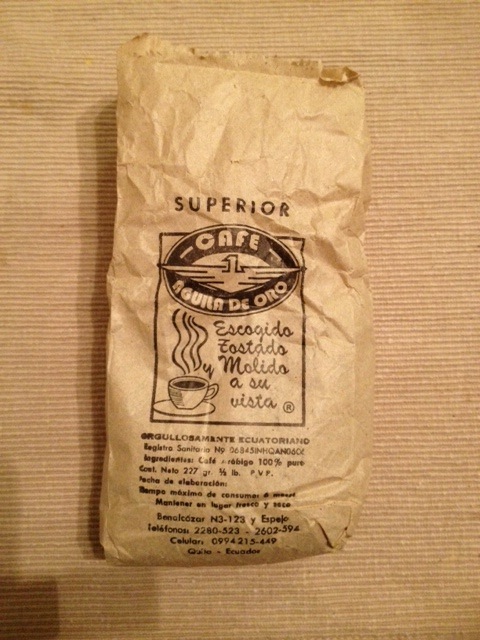
Café Aquila de Oro is among the few specialty shops in Quito Ecuador that has a long history of serving locally produced products to locals and tourists.
Coffee plantations in Ecuador can be traced back to 1860 in Jipijapa, a small coastal town located in the Manabi province. This is also the place for cocoa plantations. Jipijapa is another name for Panama hats and it is believed to be the first place that produced Panama hats in Ecuador.
Today Ecuador is not a big producer of coffee. When asked which region in Ecuador produces the best Ecuadorian coffee now, most locals said Loja. According to COFenac.org, Ecuador produces Coffea Arabica L and the plantations are located around 2,000 meters (about 6,500 feet) above sea level. These specialty coffee growers focus on growing high quality, fair trade certified coffee, organic coffee, and environmentally friendly coffee.
Most coffee producers are in El Oro, Loja, Manabi, Morona Santiago and Zamora Chinchipe.
An example of locally grown coffee sold widely in Cuenca’s supermarkets is Cubanito Coffee. Cubanito Coffee was our coffee of choice while staying in Cuenca Ecuador for two months. There are two types of Cubanito coffee – the silver bag known as Café Cubanito Especial and the gold bag is marked as Café Cubanito Gourmet. Both are available at local supermarkets like Super Maxi and Coral.

When in Ecuador, try the tinto even if you don’t think you’ll like it. A cup of tinto will help you appreciate your coffee more. In restaurants where locals go to like the El Rincon del Sabor in Banos de Cuenca coffee is called tinto, which means ink. Tinto is much cheaper than gourmet coffee. Beans used for making Tinto are the ‘rejects’ which make Tinto taste like diluted coffee minus the aroma, flavor and strength.
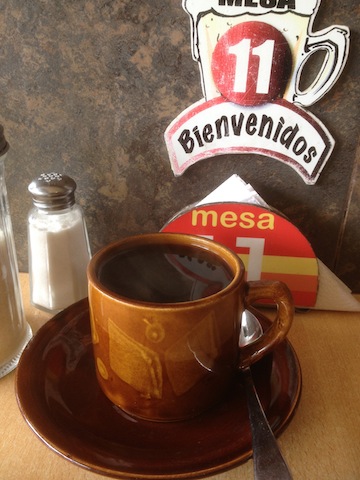
Our friend, Santiago in Cuenca makes Café Cubanito with a cloth filter locally referred to as chucho because of its shape when coffee is being filtered.
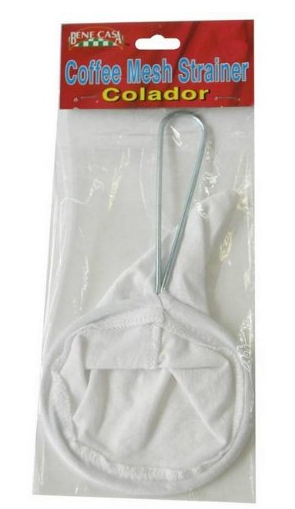 We bought a chucho from a street vendor in Quito a few blocks from Café Aquila de Oro for $2. It is the most portable, cheap and lightweight ‘coffee maker’ for traveling. You can get it at Amazon for $4.59.
We bought a chucho from a street vendor in Quito a few blocks from Café Aquila de Oro for $2. It is the most portable, cheap and lightweight ‘coffee maker’ for traveling. You can get it at Amazon for $4.59.
Have you tried coffee produced in Ecuador? It is one of my favorites in South America after Brazilian coffee.

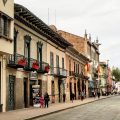
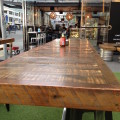
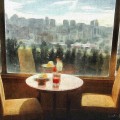
I will be visiting Ecuador sometimes in April 2016, and I must say that you have enlightened me about how I will be enjoying my cup of coffee there. That vintage coffee haven is a must visit and although I love gourmet, there is no harm in trying out Tinto too.
Thanks for sharing this piece.
Carrie
We’re leaving for Quito tomorrow and will be staying the first two days on Benalcazar, so I jotted down the name of this coffee shop and we’ll to drop in for a taste. Very surprised, though, to learn that coffee in Ecuador is an expensive commodity…see if I can find some unroasted to bring to Belgium…
Paul, have a great trip to Ecuador. By the way, Café Aquila de Oro is not a coffee shop that serves coffee drinks. They sell coffee beans. Enjoy and let us know how it goes 🙂
I have always wanted to find out what kind of coffee I encountered in a tent cafe on a city street in Quito in 2000, it was REALLY thick and dark and they added a thick cream to it and it was SO GOOD!…..do you think it was tinto?
Kim, sounds like the coffee you had was boiled for hours and reduced to a thick coffee syrup. The tinto we tried were thin and tasteless. Your question came in a timely manner, we are leaving for Quito this month. We’ll let you know if we find the same coffee. 🙂
I was in Quito 10 years ago and brought home some fabulous coffee called La Jense. I’ve been searching for it ever since and cannot find it anywhere. Have you heard of this coffee before and if so do you know where I can get some without having to travel to Ecuador once again ….. although I wouldn’t mind going because the country was beautiful and the people we’re fabulous.
I was in Ecuador about 20 years ago and had some very dark thick coffee-it was almost like a syrup. It was the best coffee ice ever had. If anybody has info about this style coffee I’d love to hear about it.
Don’t bother going to these shops in the cities. Go to the family owned growers directly. They will sell you beans far cheaper and will peal, and roast the coffee by hand. It is a fun experience for tourists, and the product is much better.
Hi Sarah, thanks for visiting our coffee blog. We are always looking for coffee shops/growers to visit. Could you please recommend the places you have visited? Thank you.
HOW DO YOU MAKE COFFEESSYRUP LIKE THEY DO IN ECUADOR
My partner was in Ecuador for work recently and said that the coffee was great. Where can I order from online? It is very difficult to find.